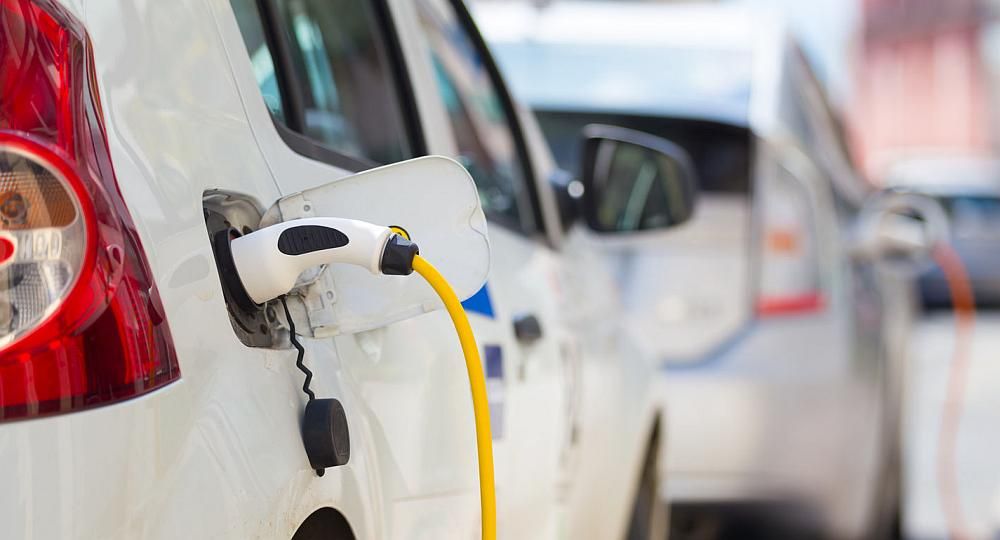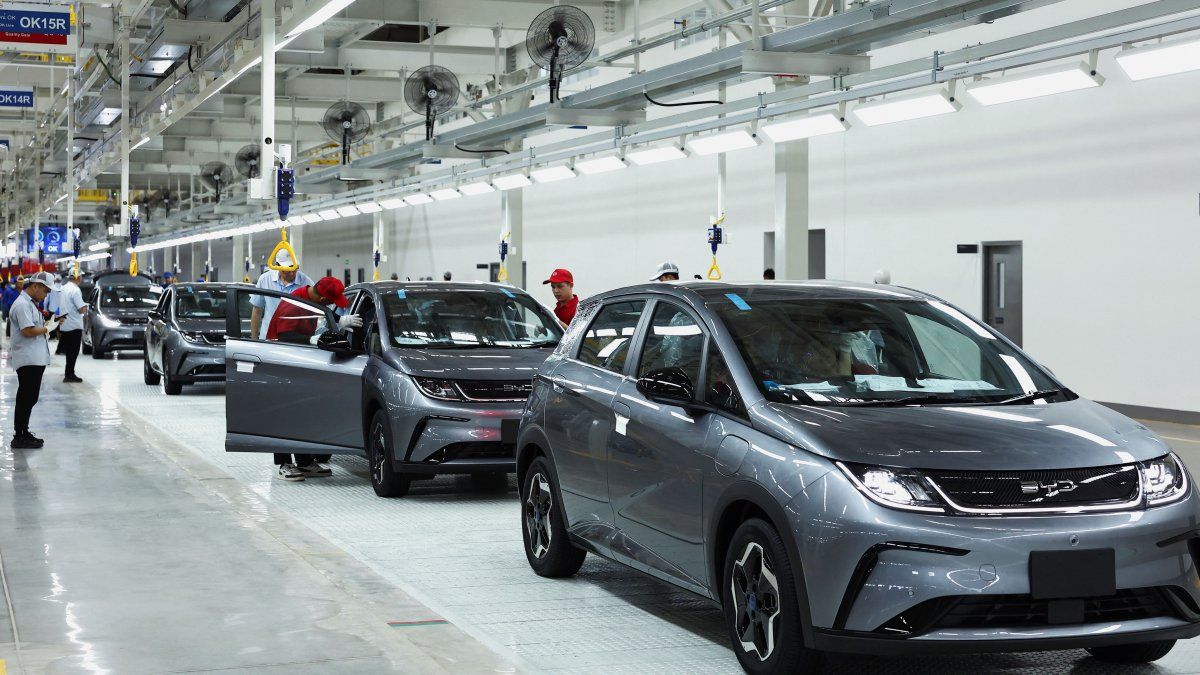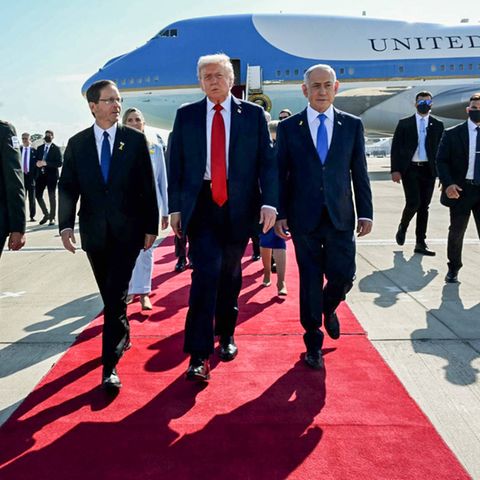With this measure, the Government seeks to expand the sustainable mobility offer and facilitate access to electric and hybrid vehicles at more competitive prices.
The Government implemented a New regulation that establishes the importation of electric vehicles and hybrids without tariffs, eliminating the 35% tax on the right of extrazone importation.
The content you want to access is exclusive to subscribers.
This measure, aimed at promoting sustainable mobility in the country, seeks to reduce the costs of these vehicles and increase their market accessibility. The decree establishes a limit of 50,000 units annually that can be imported without additional taxes, over the next five years.


This number will be divided equally Among the national automotive terminals and private importers. The initiative is part of a broader plan to promote cleaner technologies and improve transport infrastructure, aligning with global trends in sustainability.
How the new regulations work to import electric and hybrid vehicles
- Decree 49/2025, published on January 30, had reduced the right of extrazone importation for electric and hybrid cars with a FOB (factory price) value of up to U $ S16,000 per unit.
- With the new resolution 29/2025, published today in the Official Gazette, the mechanism to access this benefit was regulated.
- Companies with terminals based in the country and other importers may apply to the Undersecretariat of Industrial Policy to request tariff -free import.
- The procedure will be carried out through the remote procedure platform (TAD), integrated with Customs and the Single Foreign Trade Window.
Electric vehicles: The future of sustainable mobility

The decree establishes a limit of 50,000 units annually that can be imported without additional taxes, over the next five years.
Distribution criteria
- 25,000 units will be intended for automotive terminals based in Argentina.
- 25,000 units will be assigned to independent importers.
- Vehicles will be prioritized with the closest date of nationalization and the lowest price offered.
He annual limit of 50,000 units represents approximately 20% of the total light cars sold in the country per year.
Source: Ambito
I’m a recent graduate of the University of Missouri with a degree in journalism. I started working as a news reporter for 24 Hours World about two years ago, and I’ve been writing articles ever since. My main focus is automotive news, but I’ve also written about politics, lifestyle, and entertainment.




